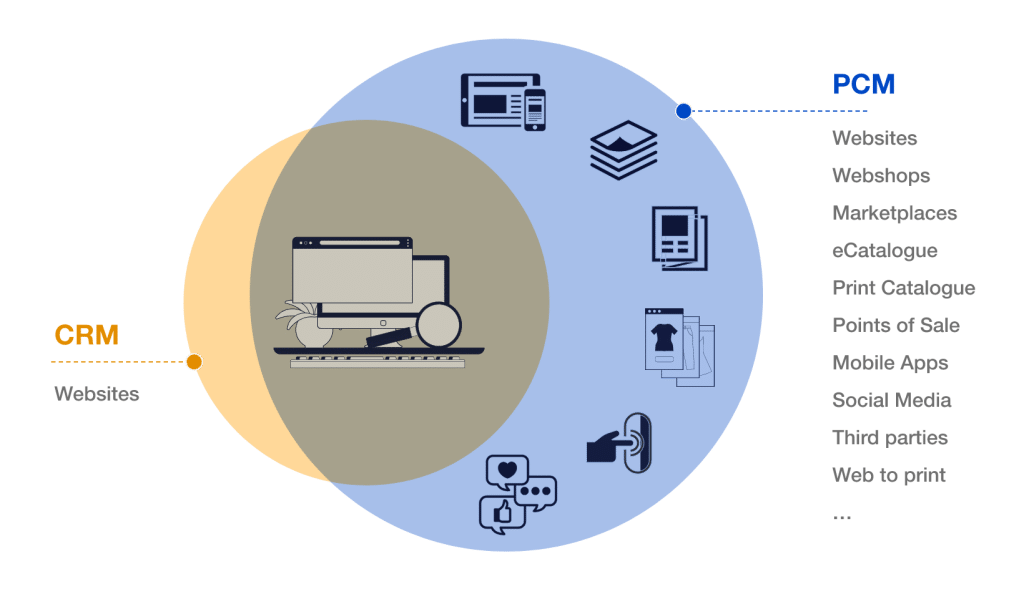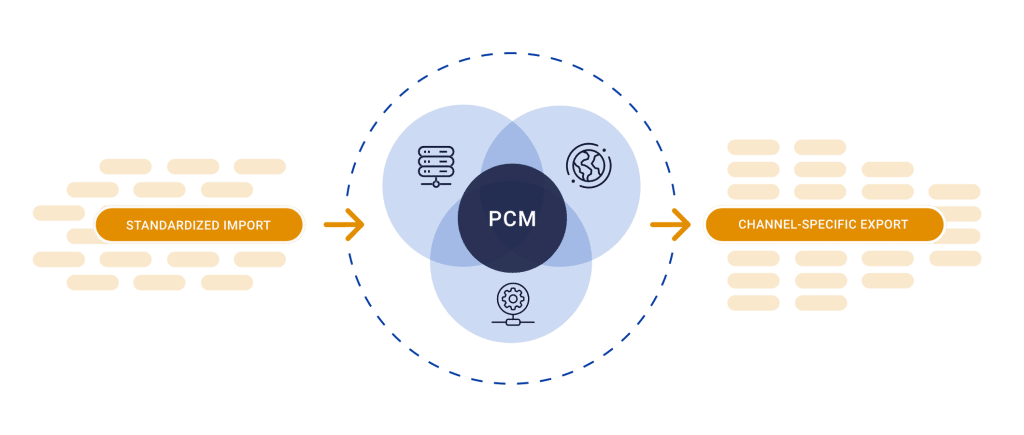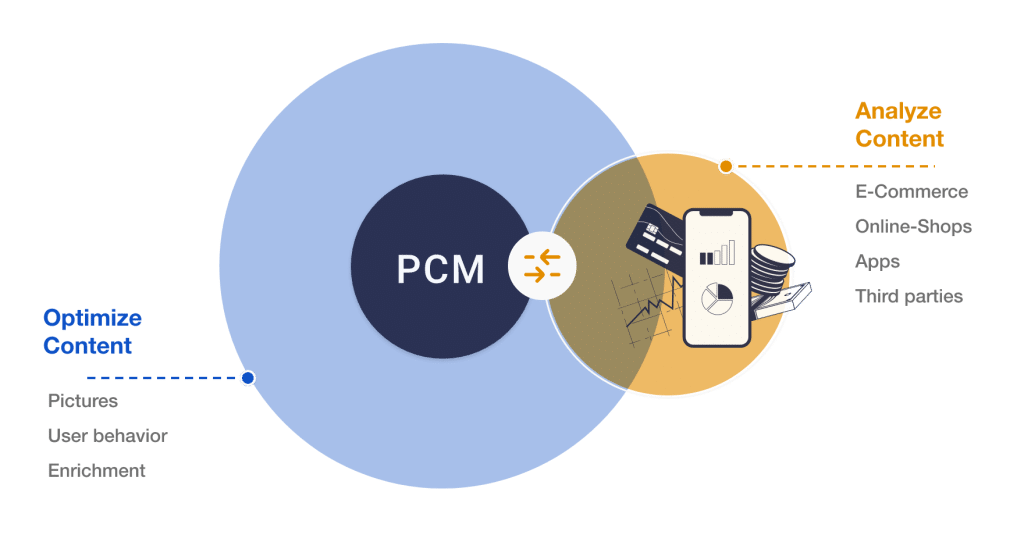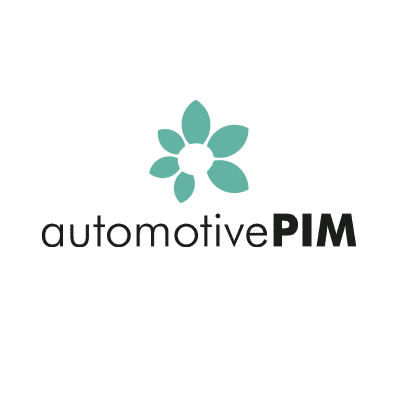Blog
3 mistakes you should avoid in product content management

With companies having to produce more and more content at ever shorter intervals, they need to develop into genuine publishers. Many face difficulties because they work with structures and systems not designed for today’s commerce and channel landscape.
In this blog article, we will show you how you can upgrade your product content management to meet current and future product communication requirements and describe the three most common mistakes to avoid in this context.
The 3 most common mistakes in product content management
Mistake 1: Holding on to old structures and software solutions for too long
The statement “We already have a content management system” is a common reaction when it comes to optimizing the IT infrastructure for product communication.
The question is: to what extent does the CMS you are using meet your requirements and how long will it continue to meet your editorial workflows?
There is no universal answer to this question. Ultimately, it depends on the following:
1. the number of products you wish to market
2. Your ambitions eith regard to the product range and the market and sales channels.
Traditional CMS systems, designed for the management of websites and structured content, inevitably reach their limits at some point. After all, content needs to be flexible, contextualized and personalized along the customer journey. This includes a large number of different channels such as various apps, social media channels, online stores and marketplaces.
In order to succeed without taking up excessive resources, it is important to regularly put your systems and workflows to the test and not shy away from equipping your IT landscape with new and dedicated software solutions such as PIM and DAM.

Mistake 2: Extinguishing hot spots instead of optimizing the information supply chain
After deciding to optimize the IT landscape, the focus should not be on fighting individual hotspots. This often results in a patchwork quilt that cannot guarantee the flexibility and speed in product communication that is so important today.
Instead, a holistic perspective is important in order to set the course for a smooth information supply chain in product content management with the use of software solutions. This encompasses the entire life cycle of your product content: from the procurement and creation of product data, through its preparation and enrichment with marketing slogans or media content, to the distribution of the final product content to the individual channels.
Modern PIM systems, such as mediacockpit, can map this process chain and manage and syndicate the fed-in data granularly. This means the information can be merged as required and deployed multiple times in a wide variety of contexts.
Automated extraction saves time and resources and ensures that your marketing teams can concentrate on the essentials: creating campaigns and outstanding product content.

Mistake 3: Failing to draw insights from customer contact at your touchpoints
After deciding to optimize the IT landscape, the focus should not be on fighting individual hotspots. This often results in a patchwork quilt that cannot guarantee the flexibility and speed in product communication that is so important today.
Instead, a holistic perspective is important in order to set the course for a smooth information supply chain in product content management with the use of software solutions. This encompasses the entire life cycle of your product content: from the procurement and creation of product data, through its preparation and enrichment with marketing slogans or media content, to the distribution of the final product content to the individual channels.
Modern PIM systems, such as mediacockpit, can map this process chain and manage and syndicate the fed-in data granularly. This means the information can be merged as required and deployed multiple times in a wide variety of contexts.
Automated extraction saves time and resources and ensures that your marketing teams can concentrate on the essentials: creating campaigns and outstanding product content.

In summary: What matters most in product content management
The process of creating product content, publishing it and storing it for reuse is complex, involves many steps and involves many departments and employees. In order to ensure that this path is as resource-efficient and stable as possible, dedicated software solutions such as PIM and DAM are required, whilst interoperability must be guaranteed at all times.
With mediacockpit, Bertsch Innovation has developed a solution that combines all product and communication-relevant disciplines in a single platform. This way, mediacockpit forms the central hub for product content management in marketing. It is also the single source of truth for other areas and departments such as sales, customer service and product development.
Highlighted Whitepaper
ePaper: Automotive Aftermarket
Download onze automotive aftermarket e-paper en kom meer te weten over de dagelijkse uitdagingen van fabrikanten, werkplaatsen en serviceproviders.
Samen meer bereiken
Wij geloven in de waarde van samenwerking en uitwisseling. Dit geldt zowel de projecten met onze klanten, waaruit we veel waardevolle inzichten genereren voor onze productontwikkeling, als voor ons groeiende partnernetwerk, waarmee we onze klanten ondersteunen bij hun digitalisering.



